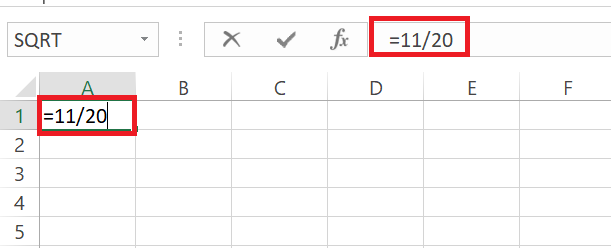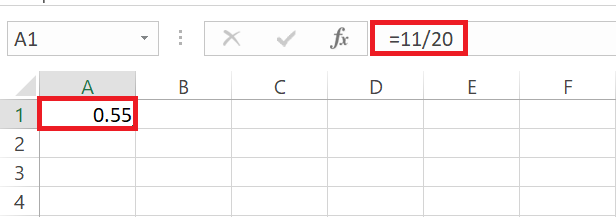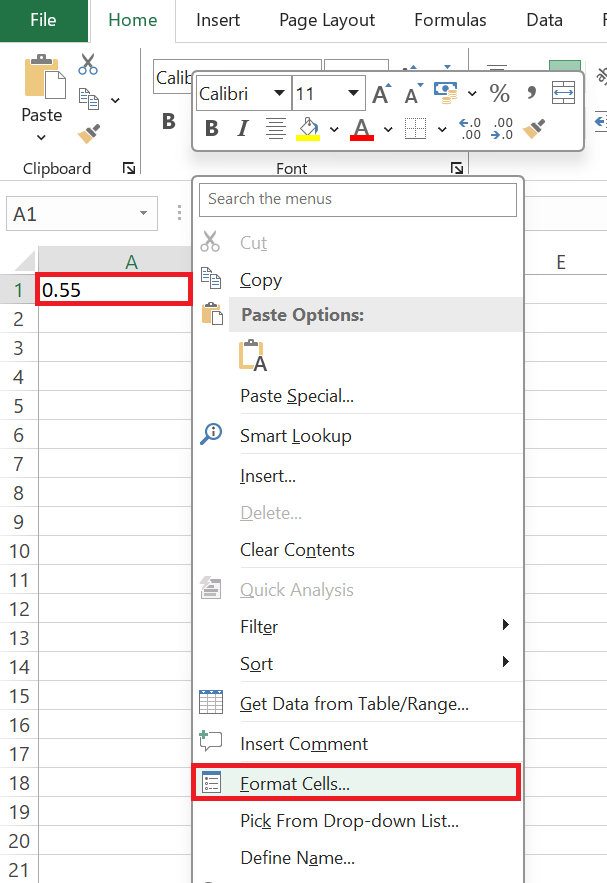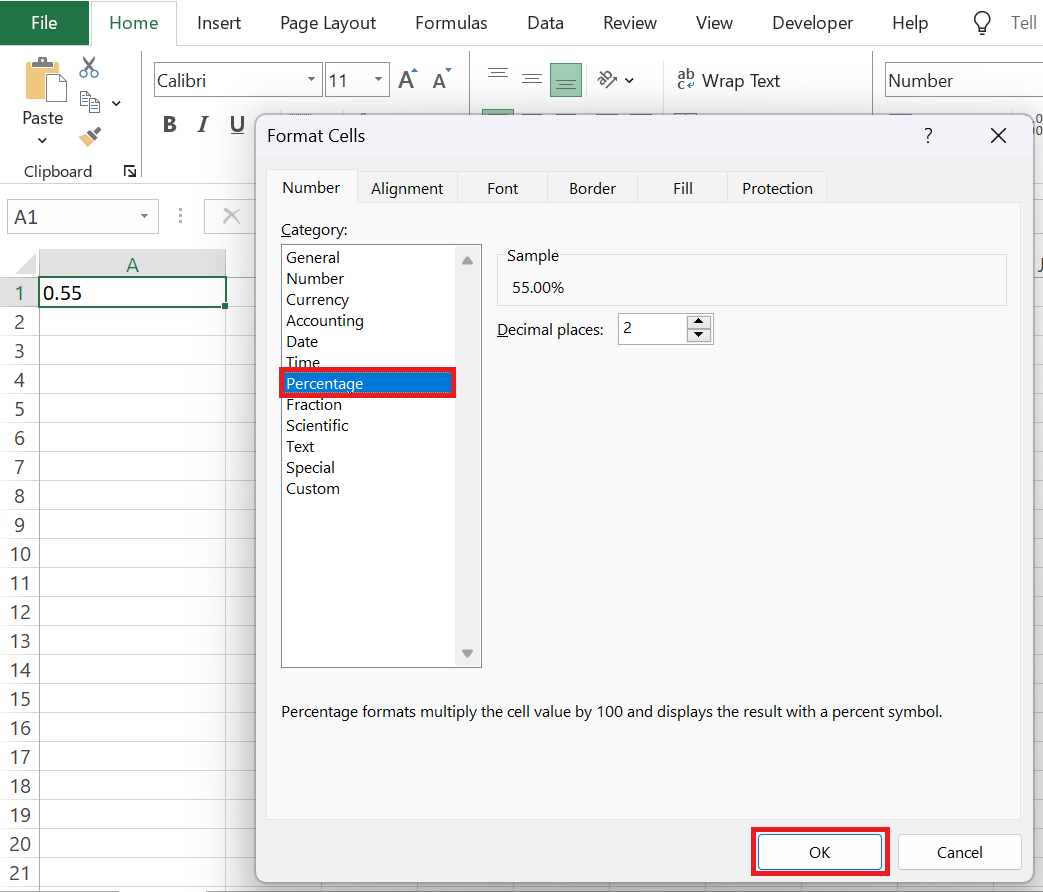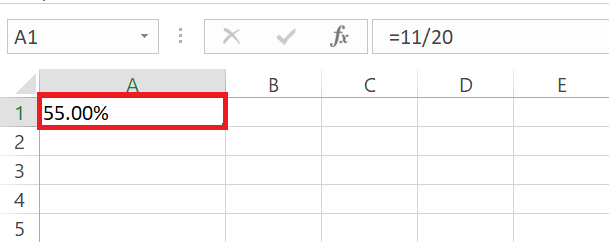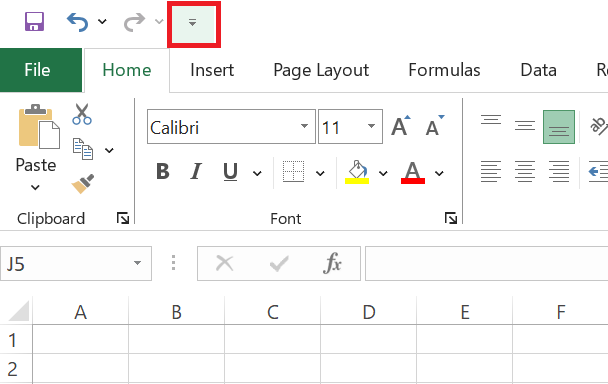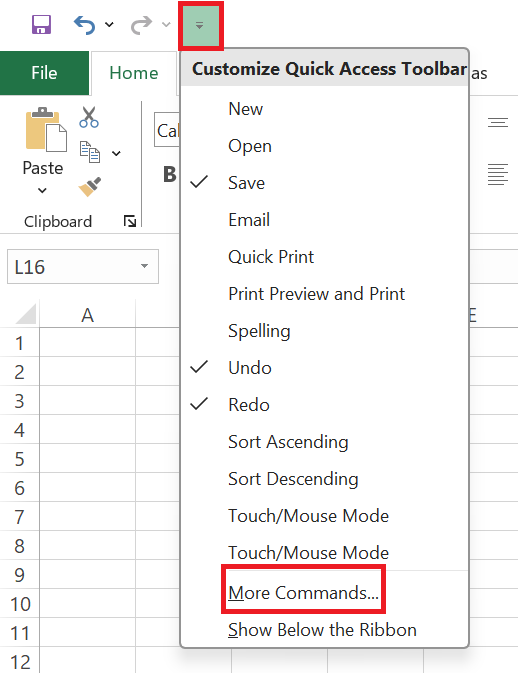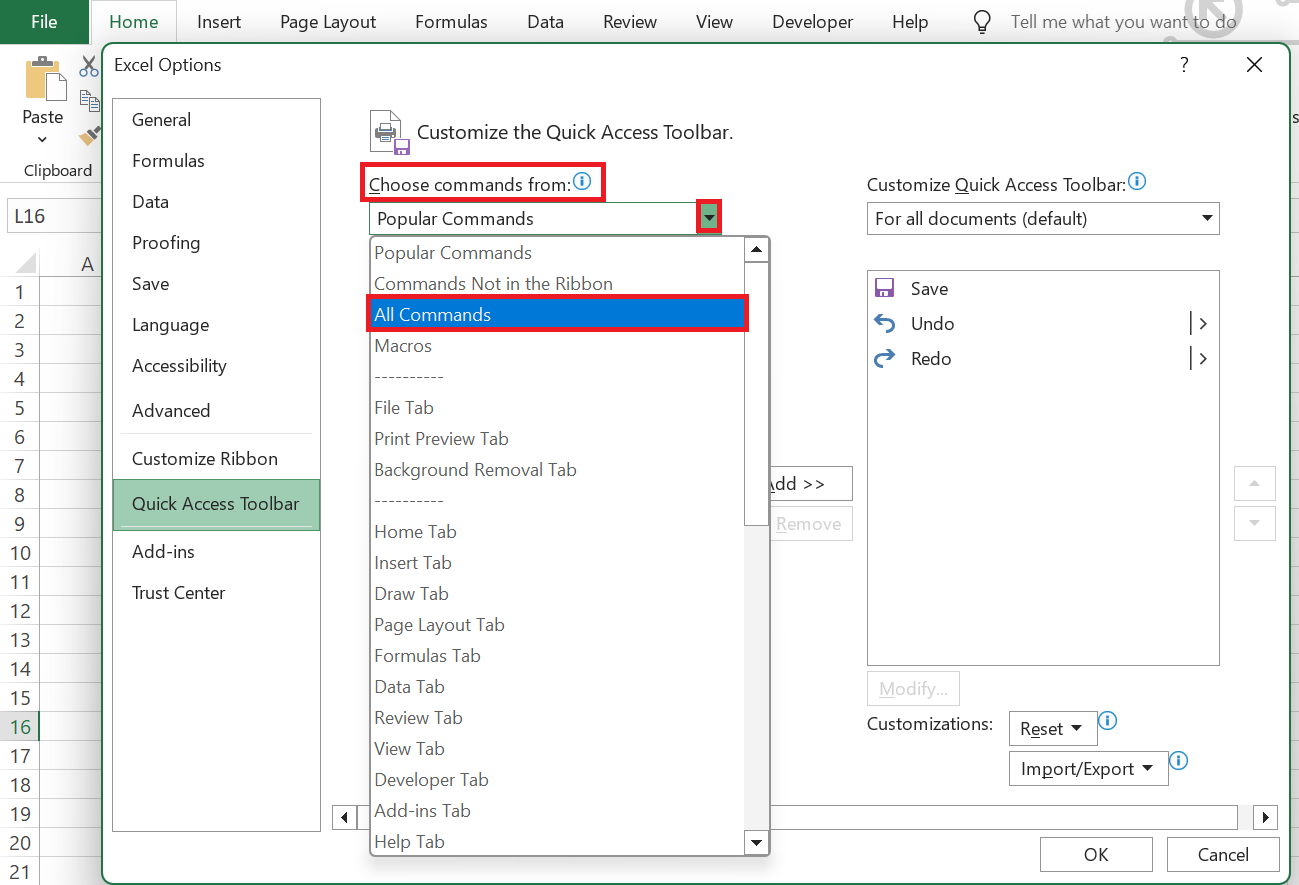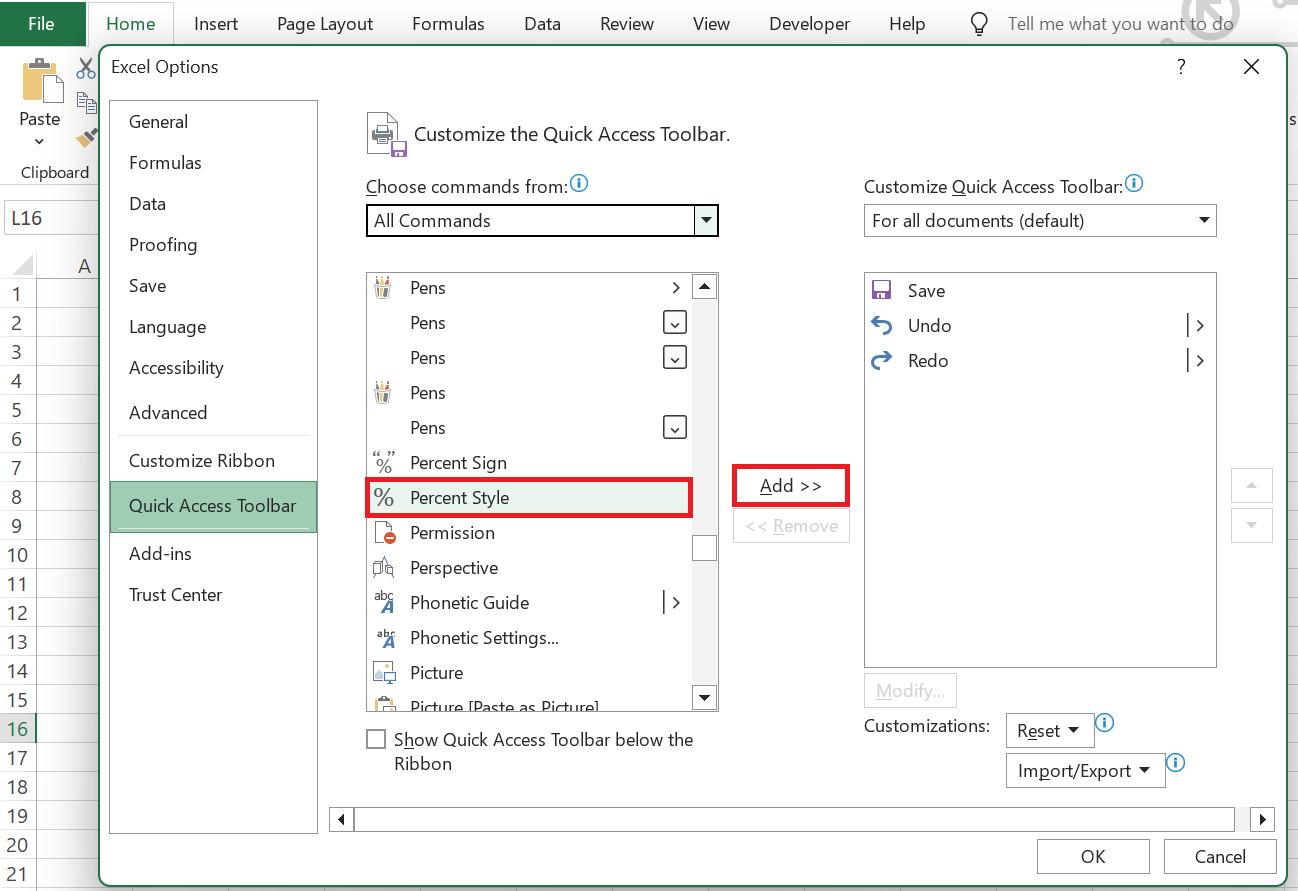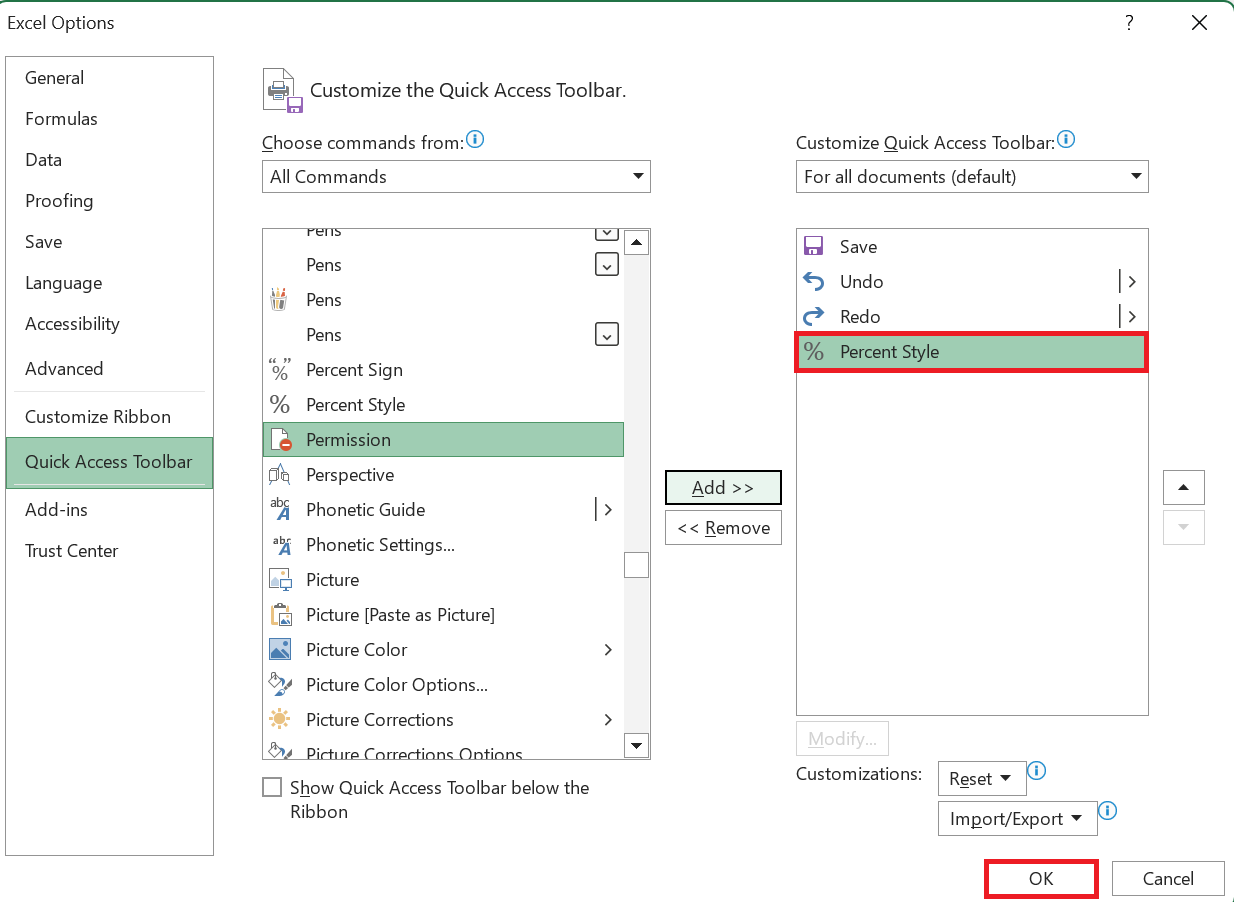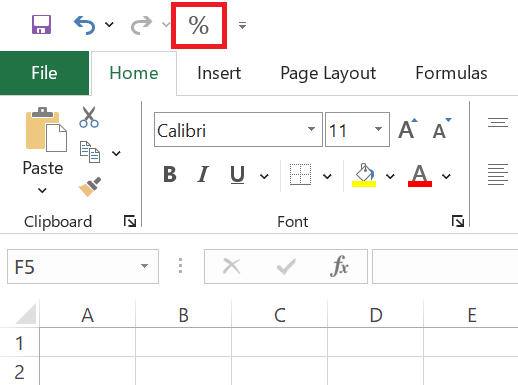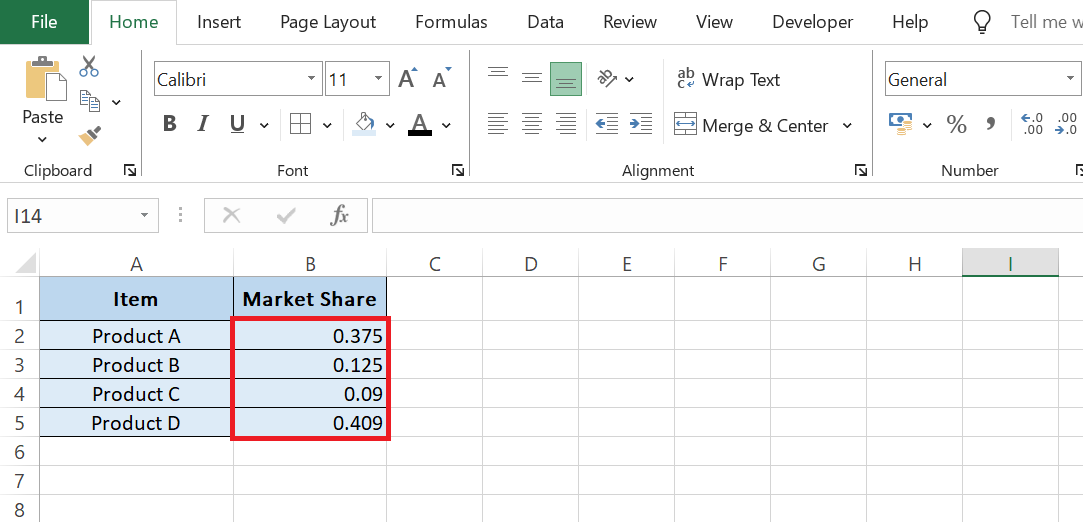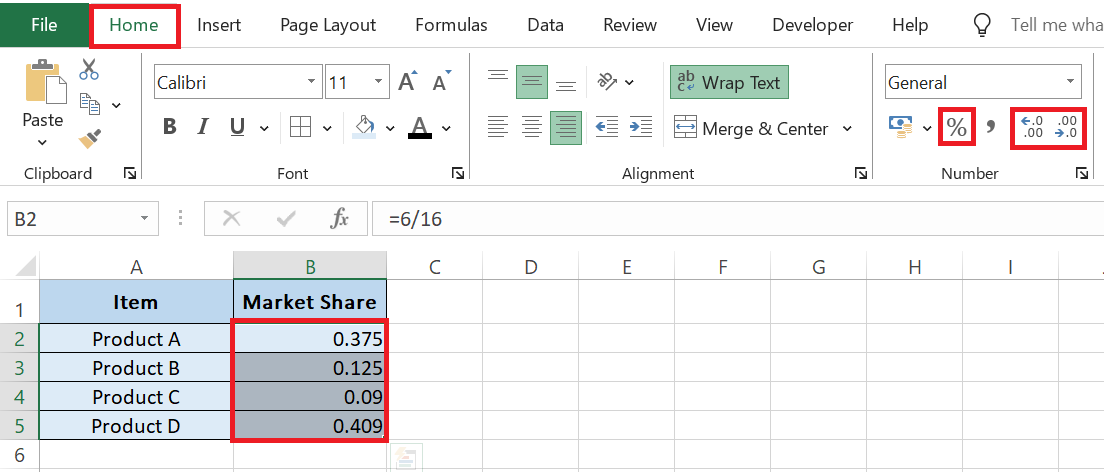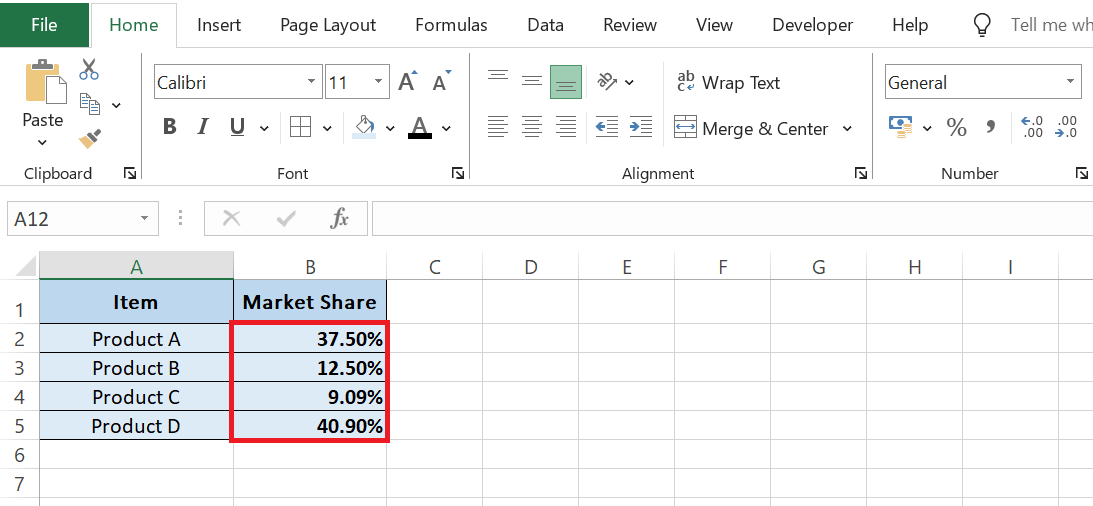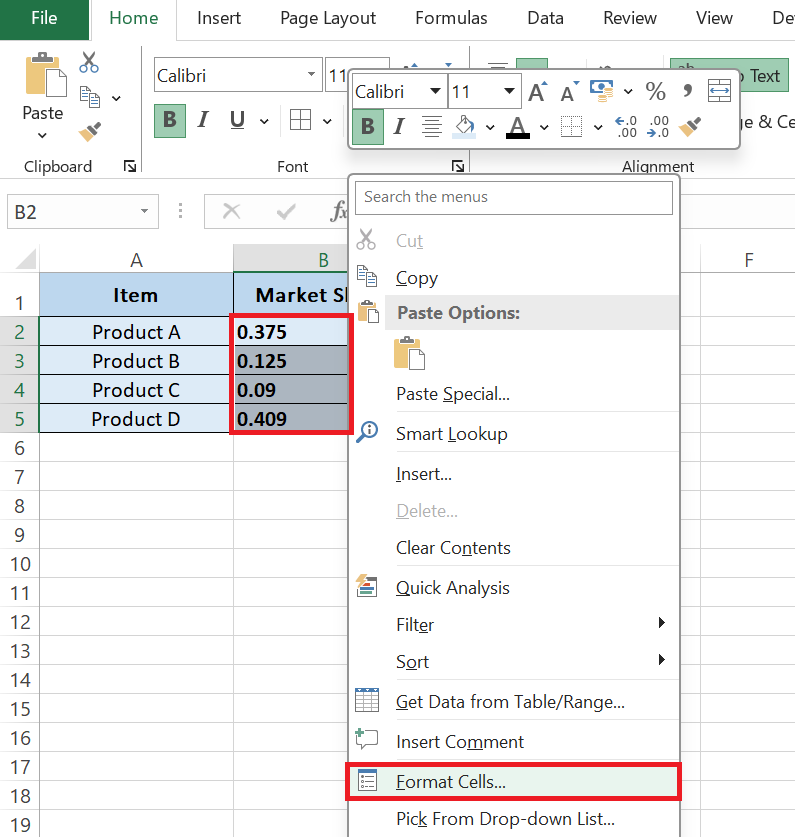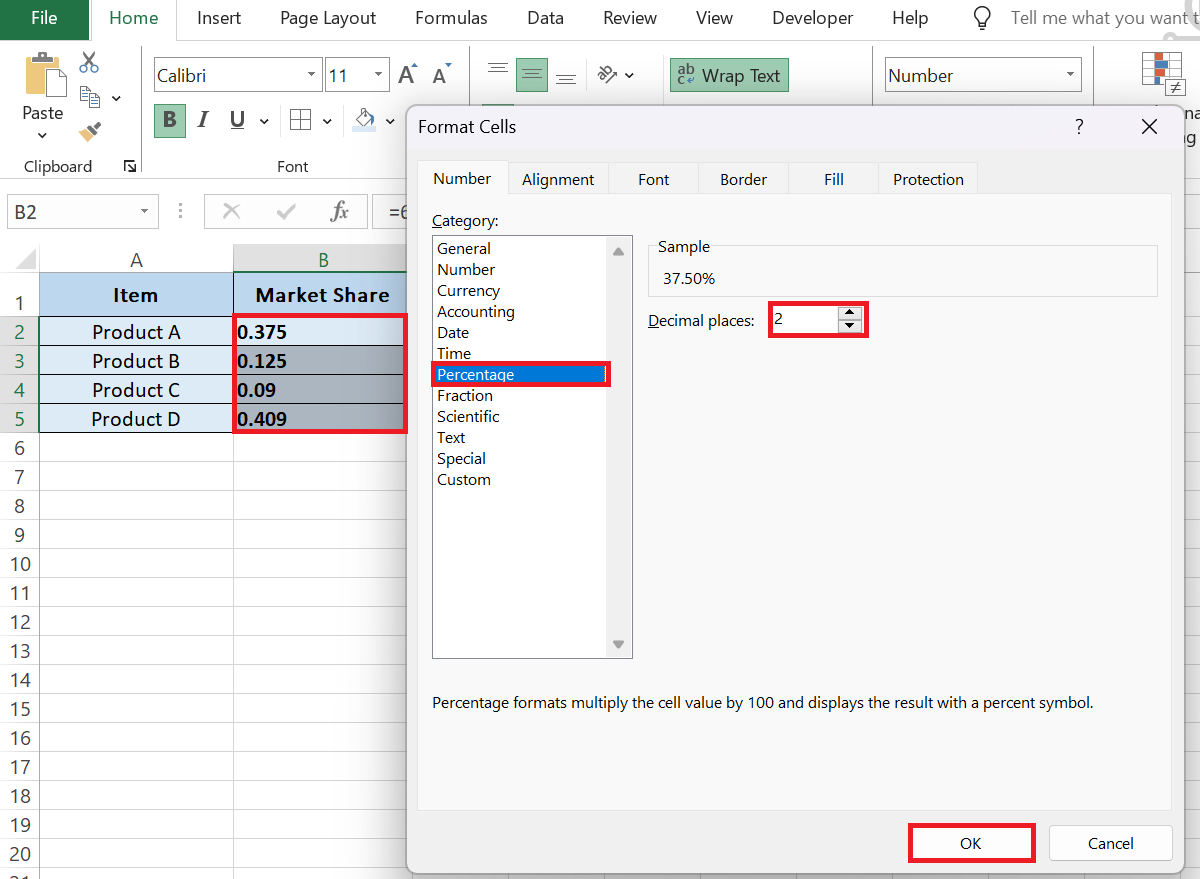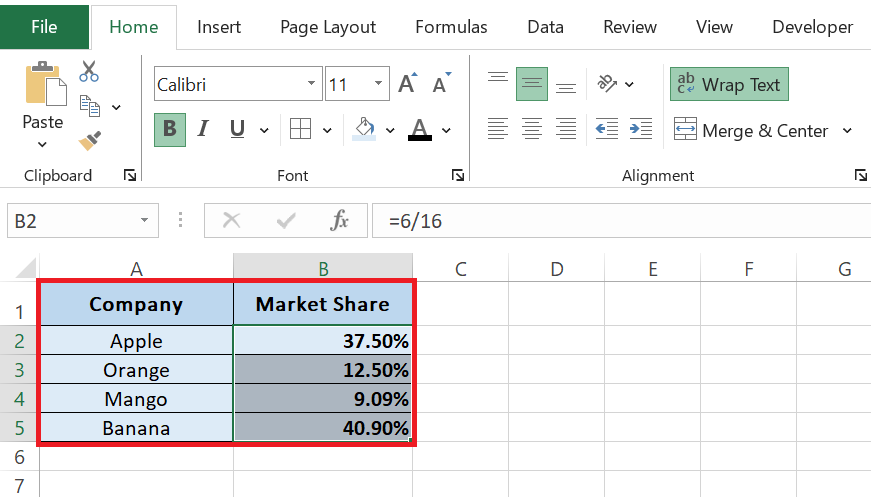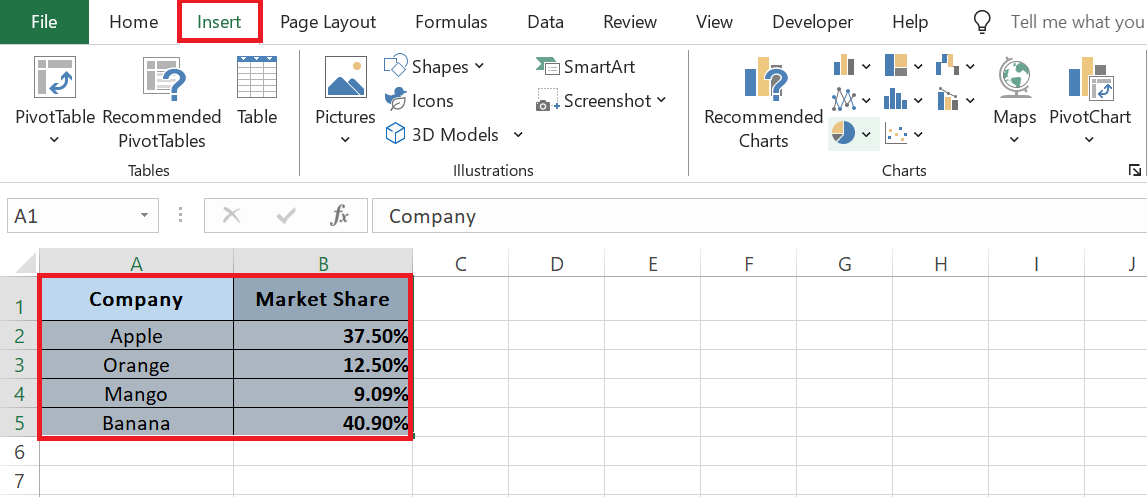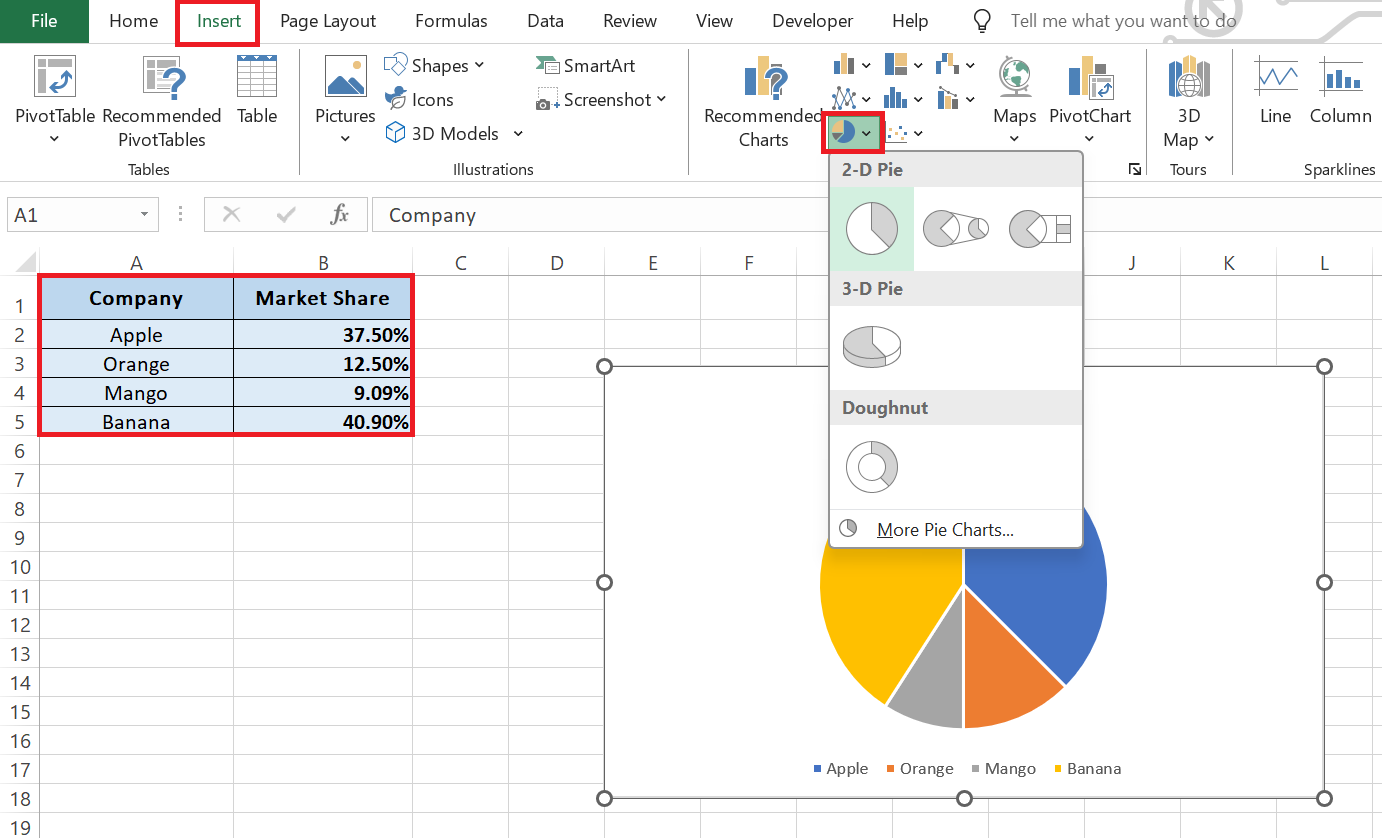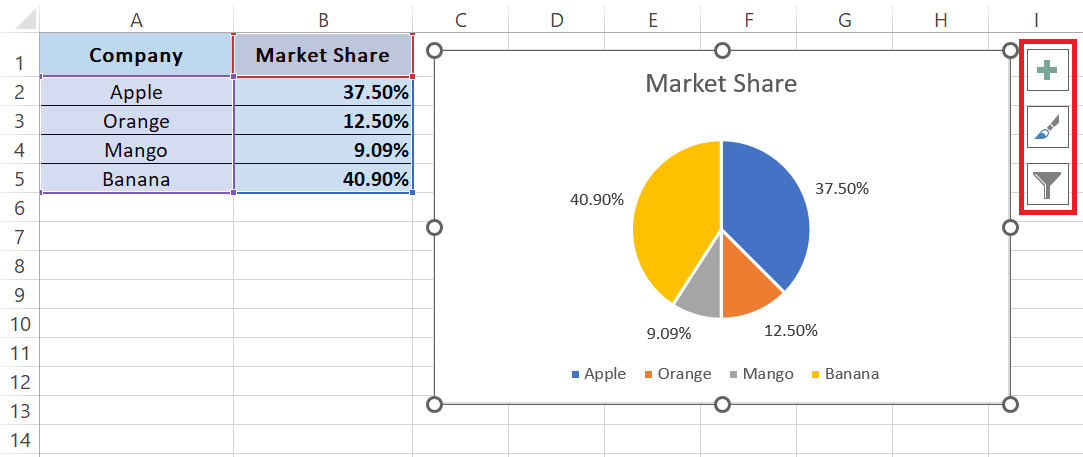Understanding percentages in Microsoft Excel is crucial for anyone looking to perform detailed data analysis or financial calculations. This guide reveals tips and shortcuts for converting fractions to percentages efficiently, ensuring accuracy and clarity in your Excel tasks.
Key Takeaways:
- Percentages in Excel are represented as decimal values, making the interpretation and manipulation of data straightforward once you understand this format.
- To convert 11/20 as a percentage, simply enter the fraction as a formula, press Enter, and apply the “Percentage Style” formatting.
- This technique can be applied universally to any fraction, enhancing your ability to quickly analyze and convert numerical data.
- Utilizing shortcuts and adding percentage formatting to the Quick Access Toolbar can significantly speed up your workflow and efficiency in Excel.
- Adjusting decimal places allows for precision control over your data, enabling you to present information with the exact level of detail needed.
Table of Contents
Introduction to Percentages in Excel
Why Understanding Excel Percent Tricks Matters
Percentages are pivotal in Excel because they not only assist in financial and statistical analysis but help convey data more clearly. When you master percentage calculations, you can effortlessly interpret profit margins, compare figures, and make data-driven decisions.
The Basics of Percentage Representation in Spreadsheets
Understanding how percentages are represented in spreadsheets is essential for accurate data analysis. In Excel, percentages are stored as decimal values; for instance, 25% is represented as 0.25. Once you grasp this concept, interpreting and manipulating percentage data becomes straightforward and error-free.
Getting Started with Percentages in Excel
Enter Your Data: Setting the Stage for Percentage Calculations
To start with percentage calculations in Excel, you need to enter your numerical data first. Whether you’re typing it manually, pasting it from another source, or importing it, ensure your numbers are in a format that Excel can work with. Well-organized data sets the foundation for accurate and efficient percentage calculations.
Methods to Show 11/20 as a Percentage
Formatting Cells for Percentages
Applying the right formatting to cells before entering your data can save you time and prevent errors. To format cells for percentages:
STEP 1: Select the cell you’re working with and type =11/20 into the cell
STEP 2: Press Enter, and Excel will display the decimal.
STEP 3: Go to the ‘Home’ tab & select “Percentage Style”
Alternatively, right-click the selected cells, choose ‘Format Cells
Under the ‘Number’ tab, select ‘Percentage’ and click ‘OK’
RESULT: Value in terms of percentage
Remember, Excel multiplies unformatted numbers by 100 when applying percentage formatting, which can lead to surprising results!
Increase Your Excel Efficiency
Shortcuts and Tricks for Quicker Percentage Formatting
To enhance your productivity in Excel, embrace keyboard shortcuts and tricks for percentage formatting:
- Quick Apply: After selecting your cells, press
Ctrl + Shift + %to apply percentage formatting without navigating menus. - On-the-fly Formatting: For new entries, type the number followed by
%(e.g., type55%), and Excel will recognize it as a percentage. - Quick Access Toolbar: Add Percentage Style to your Quick Access Toolbar for one-click formatting.
The Quick Access Toolbar (QAT) in Excel is a customizable feature designed to enhance user efficiency by providing easy access to frequently used commands. QAT allows users to add their preferred commands for quick access, streamlining workflow and saving time. By customizing the toolbar with commonly used functions such as formatting options, calculations, or data manipulation tools, users can optimize their Excel experience, improving productivity and convenience in their spreadsheet tasks.
STEPS to add Percentage style using QAT:
STEP 1: Navigate to the Quick Access Toolbar (QAT) located at the top-left corner, next to the Save icon.
STEP 2: Click the downward arrow on the QAT to reveal customization options. Select “More Commands” to open the Excel Options dialog box.
STEP 3: In the Choose commands from” dropdown menu, select “All Commands”.
STEP 4: Scroll down and find “Percentage” in the list, then click “Add” to include it in the QAT.
STEP 5: Now, click on ‘OK’
Now, the Percentage button will be readily accessible for quick percentage calculations in Excel.
Embracing these shortcuts will make applying percentage formats second nature, boosting your speed and efficiency in Excel significantly.
Adjusting Decimal Places for Precision Control
Fine-tuning the number of decimal places allows you to control the precision of your percentage data:
STEP 1: Select the cells with percentages you want to adjust.
STEP 2: Under the ‘Home’ tab, use the ‘Increase Decimal’ or ‘Decrease Decimal’ buttons for quick adjustments.
RESULT after adjustment
STEP 3: For custom precision, right-click the cells, select ‘Format Cells’
Choose ‘Percentage’, and set your desired decimal places. Click ‘OK’
RESULT after formatting
Whether you need a rough estimate or precision to the hundredth, Excel gives you the flexibility to present data as needed.
Visualizing Percentages – Charts and Conditional Formatting
Creating Intuitive Charts with Percentage Data
To create charts that reflect percentage data effectively:
STEP 1: Highlight your percentage data.
STEP 2: Go to the ‘Insert’ tab.
STEP 3: Choose a chart type that best represents your data, like Pie or Bar charts for proportions.
STEP 4: Customize the chart design and layout to enhance readability.
A well-constructed chart makes percentage data instantly understandable, facilitating better insights and communication.
FAQs
How Do You Convert a Fraction to a Percentage in Excel?
To convert a fraction to a percentage in Excel, divide the numerator by the denominator, and format the result as a percentage. For example, enter =numerator/denominator in a cell and then apply percentage formatting using the Percent Style button or the shortcut Ctrl+Shift+%.
Can I Apply Percentage Formatting to Various Cells at Once?
Yes, you can apply percentage formatting to multiple cells at once. Select the cells, then either click the ‘Percent Style’ button on the ‘Home’ tab or use the shortcut Ctrl+Shift+% to format them all as percentages simultaneously.
How do you make a number show as a percentage in Excel?
To make a number show as a percentage in Excel, simply select the cell containing the number, and click on the ‘Percent Style’ button in the ‘Number’ group on the ‘Home’ tab. Excel will convert the number to a percentage by multiplying it by 100 and adding the percentage symbol.
How do I calculate 20% of a number in Excel?
To calculate 20% of a number in Excel, multiply the number by 20% or 0.2. Use the formula =number*0.2 or =number*20%, replacing “number” with the value you’re calculating 20% of. For example, =100*0.2 or =100*20% gives you 20.
How do I write a formula in Excel to find a percentage?
To find a percentage in Excel, divide the part by the whole and multiply by 100. Use the formula =part/whole*100. For instance, to find what percentage 50 is of 200, write =50/200*100 which results in 25%. Remember to format the cell as a percentage if needed.
John Michaloudis is a former accountant and finance analyst at General Electric, a Microsoft MVP since 2020, an Amazon #1 bestselling author of 4 Microsoft Excel books and teacher of Microsoft Excel & Office over at his flagship MyExcelOnline Academy Online Course.

